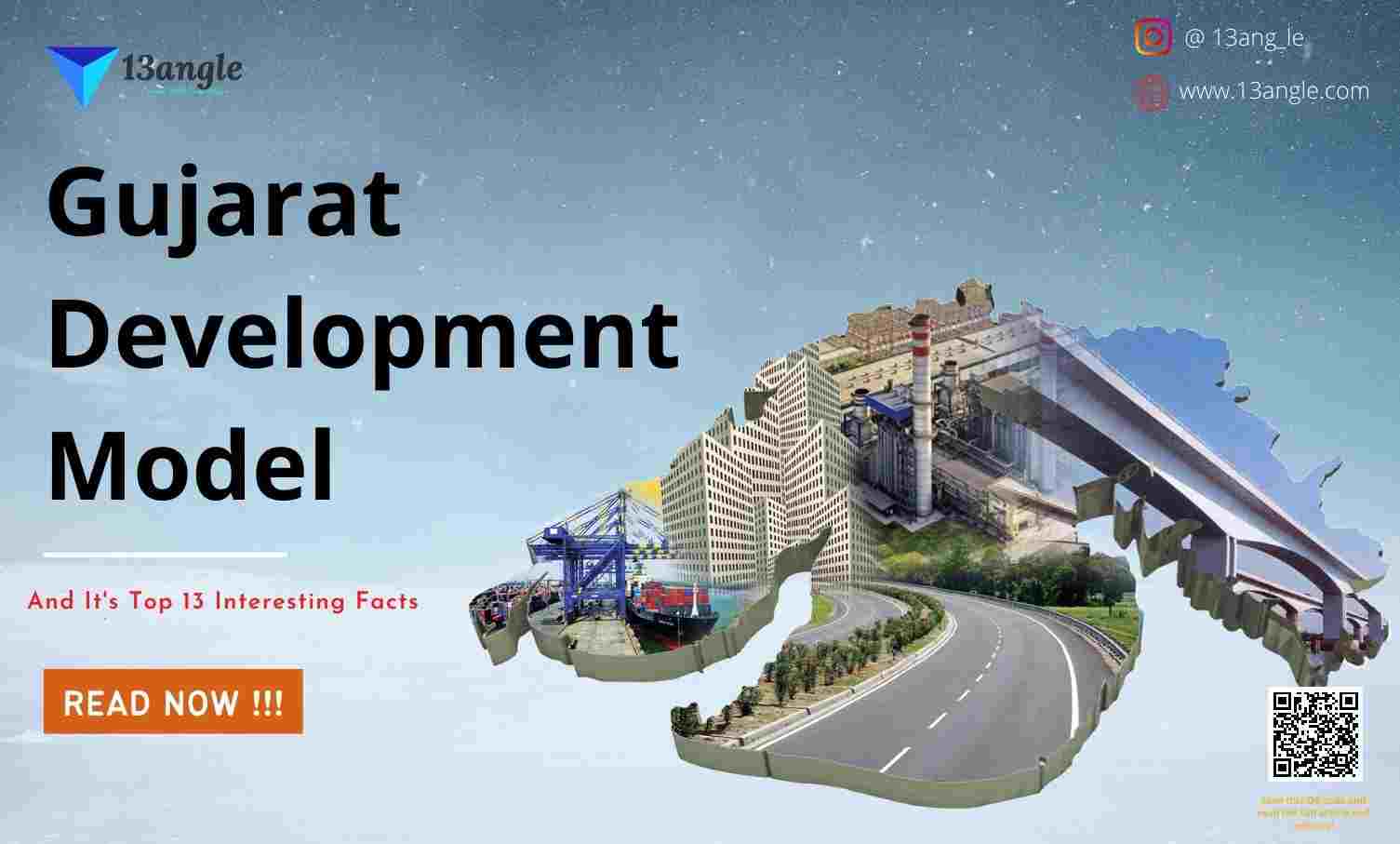Introduction: Milestone Achieved at RAPP-7
The Rajasthan Atomic Power Project (RAPP) stands as a hallmark of India’s nuclear energy ambitions, showcasing decades of technological progress, resilience, and commitment to clean energy. Recently, RAPP Unit-7 reached a significant milestone on September 19, 2024, by achieving criticality, marking the commencement of a controlled nuclear fission chain reaction. This marked the beginning of a controlled nuclear fission chain reaction, setting the stage for RAPP-7 to transition into its operational phase. This achievement underscores India’s growing capabilities in nuclear technology and its commitment to sustainable energy solutions.
Understanding Criticality in Nuclear Reactors
Definition: Criticality is the point at which a sustained nuclear fission chain reaction begins, making it a crucial step for generating electricity. The precise management of this process ensures that the reactor operates safely and effectively.
Significance: At criticality, the reactor reaches a stable state where the number of neutrons produced equals the number lost through absorption and leakage. This balance enables the reactor to generate heat, which is eventually converted into electricity.
Safety Measures: Achieving and maintaining criticality requires precise control and monitoring to ensure the reactor operates safely within established parameters.
Historical Background: The Early Days of RAPP
The foundation of RAPP is linked to Canada’s Douglas Point Nuclear Generating Station, constructed in 1961. Inspired by the CANDU (Canada Deuterium Uranium) pressurized heavy water reactor (PHWR) technology, India began developing its own reactors at Rawatbhata, Rajasthan. The journey has been marked by both achievements and challenges:
RAPS-1 became operational in 1973, marking a significant step in India’s nuclear energy program. However, after India conducted its first nuclear test, “Smiling Buddha,” in 1974, Canada withdrew its support, leading to operational delays. This caused a setback, and RAPS-2 was only commissioned in 1981.
Despite these challenges, India forged ahead with indigenous capabilities, making RAPS-1 and RAPS-2 functional. By 2003, RAPS-1 had faced numerous technical issues, including leaks, cracks in the end-shield, and turbine blade failures but managed to generate around 100 MW of electricity. RAPS-2, on the other hand, was more stable and produced approximately 200 MW.
Expanding Nuclear Capabilities: RAPS Units 3 to 6
India’s determination to expand its nuclear capacity led to the commissioning of additional reactors:
RAPS-3 achieved criticality on December 24, 1999, and began commercial operation on June 1, 2000. RAPS-4 became critical on November 3, 2000, and started commercial generation on December 23, 2000. Each of these units has a capacity of 220 MW.
- Further expansion included RAPS-5 and RAPS-6, both 220 MW reactors, which became operational on February 4, 2010, and March 31, 2010, respectively.
Meteorite Incident Near RAPP
One of the most extraordinary incidents in the history of RAPP occurred on August 29, 2006, when a 6.8 kg (15 lb) iron meteorite fell in Kanvarpura village, near the power station. Fortunately, the meteorite did not strike the power station, but the Deputy Director-General of the Geological Survey of India, R.S. Goyal, noted that had it done so, the devastation could have been unimaginable. However, the containment structures of nuclear reactors are designed to withstand significant impacts, and experts believe that a meteorite of this size would have posed less risk than the impact resistance designed for jet aircraft crashes.
Advancements and Safety Concerns: RAPP-7 & 8
The latest additions to the Rajasthan Atomic Power Project, RAPP-7 and RAPP-8, represent India’s advanced nuclear technology with a capacity of 700 MWe each. These reactors symbolize India’s growing expertise in building larger, more efficient nuclear power units.
Safety Audits and Challenges:
- In 2012, the International Atomic Energy Agency (IAEA) conducted a rigorous safety audit of RAPP, concluding that the reactors met international safety standards and could withstand events similar to the Fukushima accident.
- However, RAPP has experienced safety challenges. In June 2012, 38 workers were exposed to tritium due to a welding operation mishap inside the protected reactor environment, underscoring the need for continual vigilance and safety improvements.
RAPP-7: A Step Towards Nuclear Self-Reliance
Location and Type: RAPP-7 is located in Rawatbhata, Rajasthan, and is a 700 MWe Pressurized Heavy Water Reactor (PHWR). It is the third unit in a series of sixteen indigenous reactors being developed in India, demonstrating the country’s expertise in nuclear technology.
Project Owner: The Nuclear Power Corporation of India Limited (NPCIL) operates RAPP-7 and plays a key role in enhancing India’s energy security through nuclear power generation.
Significance: RAPP-7 follows the successful operation of similar 700 MW units at the Kakrapar Atomic Power Station (KAPS-3 & KAPS-4) in Gujarat, showcasing India’s advancements in reactor technology and operational efficiency.
Contribution of RAPP-7 to India's Energy Grid
Capacity Expansion: The combined capacity of RAPP-7 & 8 is 1400 MW, adding to the existing six operational units at Rawatbhata, which currently contribute 1180 MW to the grid.
Future Outlook: RAPP-7 is expected to begin power generation later this year, while RAPP-8 is projected to commence operations the following year. NPCIL’s (Nuclear Power Corporation of India Limited) expansion plans include operating 24 reactors with a total capacity of 8180 MW and developing additional reactors with a capacity of 6800 MW under construction.
Long-Term Vision: An additional ten reactors, with a combined capacity of 7000 MW, are at the pre-project stage, expected to be completed by 2031-32.
Next Steps After Achieving Criticality
Testing and Experiments: Following the achievement of criticality, RAPP-7 will undergo a series of experiments to ensure optimal performance. These tests will validate the reactor’s functionality and safety measures before it is connected to the national grid.
Gradual Power Increase: The Atomic Energy Regulatory Board (AERB) will oversee the gradual increase in power levels until the reactor reaches its full capacity.
Contribution to the Grid: Once fully operational, RAPP-7 will provide a significant boost to the national grid, delivering clean and efficient energy to meet the growing demands of households and industries.
The Role of RAPP-7 in India’s Clean Energy Transition
Nuclear Power’s Role in India’s Energy Mix: With India’s goal of achieving 500 GW of non-fossil fuel energy by 2030, nuclear power is a critical component of the nation’s strategy to reduce its carbon footprint.
Zero Emissions: Nuclear energy is a zero-emission power source, contributing to a reduction in the reliance on coal and other fossil fuels, which aligns with India’s commitment to a low-carbon economy.
A Sustainable Future: The criticality of RAPP-7 demonstrates India’s progress in harnessing nuclear power to meet its energy and environmental goals, paving the way for a sustainable and clean energy future.
Economic Investment and Development
The construction of RAPP-7 & 8 began in 2011 and represents a significant financial investment in India’s nuclear future. The two reactors are estimated to cost Rs 123.2 billion (US$2.6 billion), demonstrating the country’s commitment to nuclear energy expansion.
India’s Nuclear Expertise and Global Recognition
India’s nuclear program has come a long way, with the IAEA recognizing the country’s commitment to safety and operational excellence. The successful operation of RAPP-7 reinforces India’s reputation as a leader in nuclear technology and a contributor to global clean energy initiatives.
Conclusion
The Rajasthan Atomic Power Project’s journey reflects India’s unwavering commitment to developing its nuclear energy capabilities despite challenges. From technical setbacks, geopolitical pressures, meteorite incidents, and safety concerns, RAPP has emerged stronger and more capable. The recent achievement of RAPP-7’s criticality stands as a testament to India’s resolve in building a sustainable energy future and advancing its nuclear technology prowess.
As RAPP continues to evolve and expand, it remains a crucial pillar in India’s quest for energy security, economic growth, and environmental sustainability, showcasing the nation’s capability to adapt, innovate, and lead in the field of nuclear energy.





